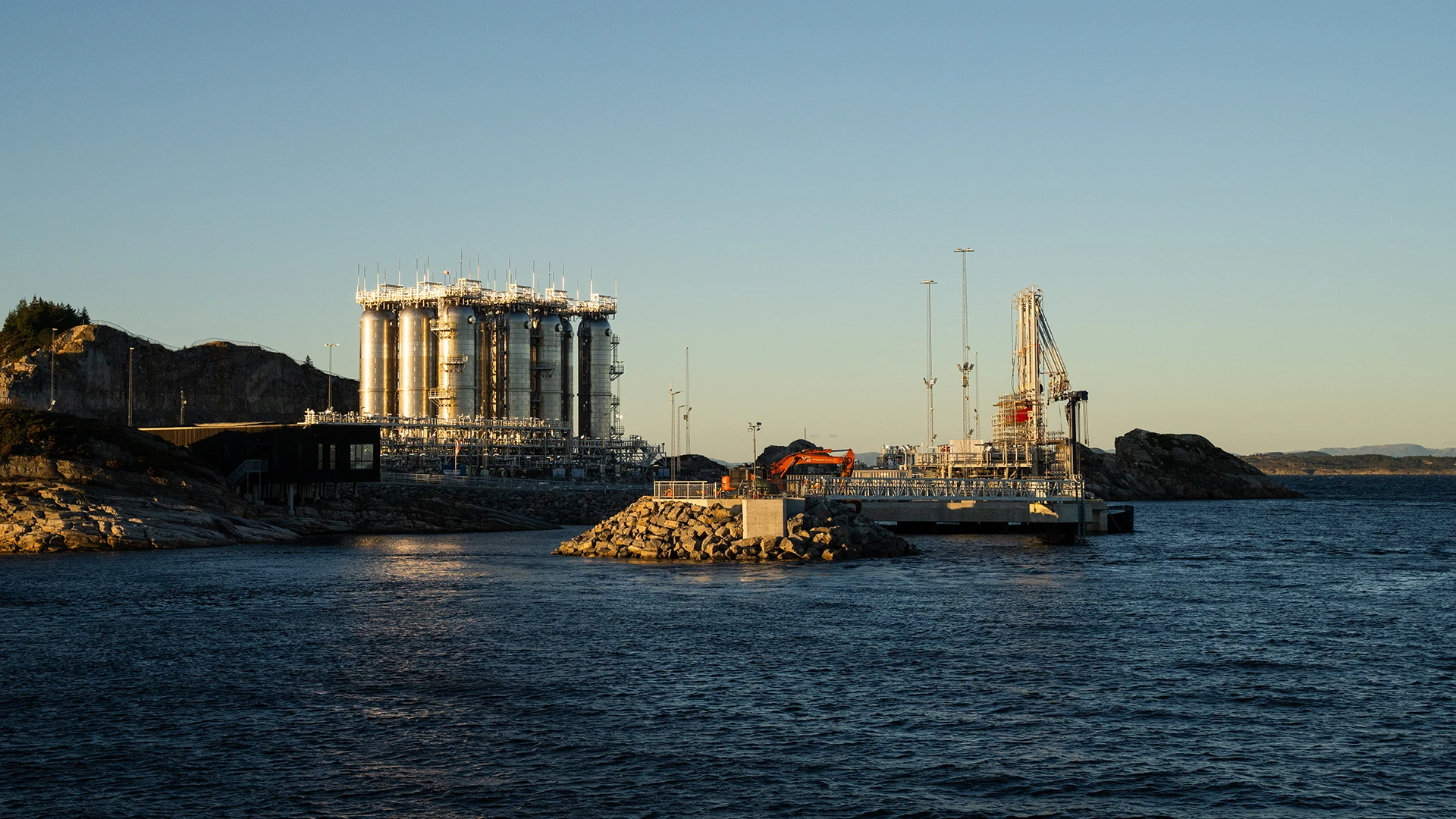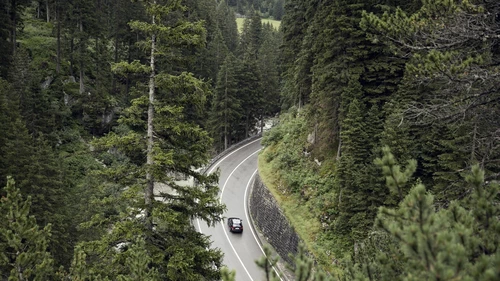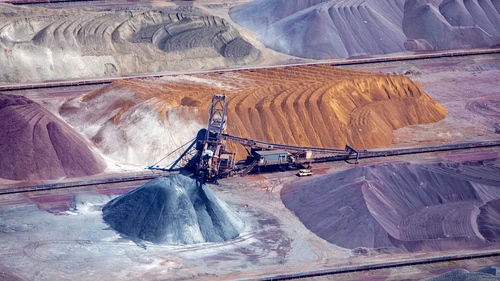CCS & BECCS cheat sheet: Key terms explained
Aquifer:
A layer of water-bearing porous rock or sediment located underground. In CCS, aquifers can hold injected CO₂ because their porous structure allows the gas to move into the tiny spaces within the rock.
Bioenergy with carbon capture and storage (BECCS):
Combines bioenergy (burning biomass for energy) with carbon capture and storage (CCS), resulting in “negative emissions” (removal of CO₂ from the atmosphere).
Carbon capture and storage (CCS):
Technology for capturing carbon dioxide (CO₂) from industrial sources and storing it permanently underground.
Carbon contracts for difference (CCfD):
A government contract guaranteeing a fixed price per tonne of CO₂ captured and stored/removed, to support project economics.
Carbon credit:
A certificate representing one tonne of CO₂ removed from or not emitted into the atmosphere, which can be traded or sold to offset emissions elsewhere.
Carbon dioxide removal (CDR):
Any technology or process that removes CO₂ from the atmosphere, this includes both engineered solutions (like BECCS and direct air capture) and nature-based solutions (like afforestation, soil carbon storage or wetland restoration).
Capture:
The process of separating CO₂ from flue gas at the source (e.g. factory, power plant).
Compliance carbon market:
A regulated market where companies must buy or surrender carbon credits/allowances to comply with government-mandated emission limits (e.g. EU Emissions Trading System).
Counterparty risk:
The risk that a key partner (e.g. transport or storage provider) cannot deliver as agreed.
Cross-chain risk:
The risk that failure in one part of the CCS value chain (capture, transport, storage) affects the whole project.
Environmental, social and governance (ESG):
A framework for evaluating a company’s performance on environmental, social and ethical issues.
Feedstock (BECCS):
The biomass (e.g. wood chips, biowaste) used as fuel in BECCS projects.
Hard-to-abate sectors:
Industries where greenhouse gas emissions are deeply embedded in production processes and cannot be easily eliminated with current low-carbon technologies.
Monitoring, reporting and verification (MRV):
Systems and processes to track, document and prove how much CO₂ is captured, transported and stored, and that it stays underground.
Negative emissions:
When more CO₂ is removed from the atmosphere than is emitted.
Net zero:
A state where all greenhouse gas emissions are balanced by removals (e.g. via CCS, BECCS or other CDR).
National determined contribution (NDC):
A climate action plan submitted by each country under the Paris Agreement, outlining targets and measures to reduce greenhouse gas emissions and adapt to climate change. NDCs are updated every five years and reflect national ambitions toward global climate goals.
Paris Agreement:
Global climate agreement aiming to limit warming to well below 2°C, preferably 1.5°C.
Residual emissions:
Greenhouse gas emissions that remain after all technically and economically feasible reduction measures have been implemented. These must be balanced by removals (e.g. via BECCS or carbon credits) to achieve net zero.
Storage:
Injecting CO₂ deep underground (in saline aquifers or depleted oil/gas fields) for permanent storage.
Transport:
Moving captured CO₂ (by pipeline or ship) to a storage site.
Utilisation (carbon capture and utilisation, CCU):
Using captured CO₂ as a raw material (e.g. for e-fuels, chemicals, building materials) instead of storing it.
Voluntary carbon market:
A market where companies or individuals buy carbon credits to voluntarily offset their emissions, outside of regulatory requirements.



